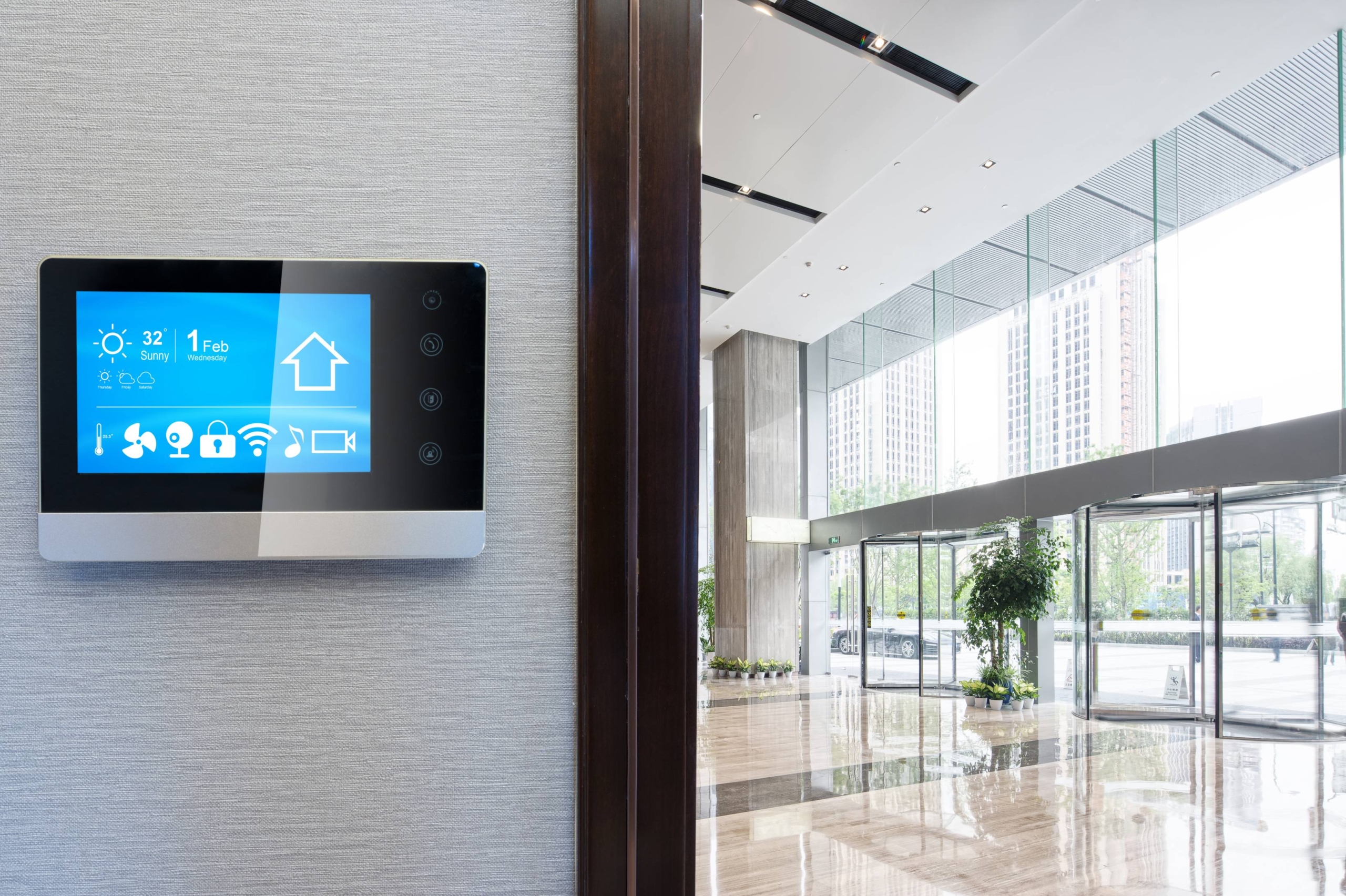Of all the industries currently undergoing radical transformation, facility management has had to evolve quicker than most. As a profession it has morphed dramatically from concierge and janitor-based roles to an industry that requires highly technical skills and knowledge across a wide range of disciplines. The last few years have seen this expand exponentially, even before the global disruption that began in 2020 and is still developing.
Remote working became a necessity during lockdowns, but as restrictions have eased what is becoming increasingly apparent is the lack of appetite for a return to business as usual.
What this means for facilities management right now is that what was an asset and building focused activity is now largely centred on end users and outcomes on a case by case basis.
Alongside this need for flexibility and agility there are a number of trends that are likely to gain even greater focus in the second half of the year and beyond.
Wellness
Encompassing a whole range of elements, the well-being of tenants has been an increasing priority for facilities managers over the last few years. The pandemic has compounded this with its obvious physical health impacts and the need for FMs to incorporate a whole new level of hygiene and wellness protocols into workplaces. On top of that, the associated effects on the mental and emotional health of tenants and FMs themselves caused by lockdowns, remote working and other pandemic-related concerns have seen this aspect take on ever greater prominence. With 80 percent of employees regarding a company’s wellness strategy as crucial in recruiting and retaining them in the near future, there is increased pressure on FM providers to incorporate successful wellness programs into their offering.
Outsourcing
A trend that is only looking to grow, outsourcing of various services is predicted to be worth US$1 trillion by 2025, enabling in-house facilities teams to focus on their core activities. More and more complex services are now able to be delivered by third parties – everything from preventative maintenance via pest control to access control systems, freeing up on-site managers to concentrate on delivering strategic value regarding asset utilisation and maximisation.
Co-working and managed spaces
Employee reluctance to return to offices and other workspaces is already seeing organisations looking to downsize, shift offices and investigate alternative options such as managed and co-working spaces. Thanks to advances in technology and the desire of organisations to use interim options while managing CapEx spend and/or considering future tenancy requirements, serviced workplaces are likely to play an increasingly significant role in the next few years – the well-documented financial woes of would-be global conqueror WeWork notwithstanding.
Multigenerational workplaces
With Generation Y now making up half of the worldwide workforce, alongside a growing number of older employees either choosing or needing to stay in work past the traditional age of retirement, FMs will be faced with the challenges of providing suitable workplaces for a wide variety of employee requirements. But they will be well advised to consider life stage rather than physical age, as outdated assumptions about individual needs based on age alone are swiftly being revealed to be inaccurate and misleading.
Smart workplaces and IoT
The Internet of Things (IoT) is no longer the next big thing, with 25 billion connected devices already in use (up from under five billion just five years ago). But the growth is only going to continue, with smart buildings becoming increasingly common. As lights, windows, HVAC units, doors, CCTV (closed circuit television) and more are integrated into smart building networks, FMs will have greater ability than ever to drive efficiency and manage the costs associated with meeting room costs, visitor numbers, and individual building and asset use on a daily basis.
Data driven decision-making
It’s already all about the data, but over the next four years, data analytics will become absolutely integral to the FM offering – due to its ability to aid in cost and performance predictions and modelling. Data-led performance measurement of both assets and people will enable accurate reporting and benchmarking, and facilitate improvement in such areas as energy usage and predictive asset maintenance.
Robots
Robots as a future trend have been on the world’s radar since The Jetsons and even earlier. But now they are an actuality and the market for their services is growing – especially in fields like hygiene and cleaning. The advantages range from labour cost reductions to safety considerations, with robots able to perform dangerous tasks such as working in elevated areas or places that may be compromised health-wise (such as deep cleaning of a COVID hotspot, for example).
…..





